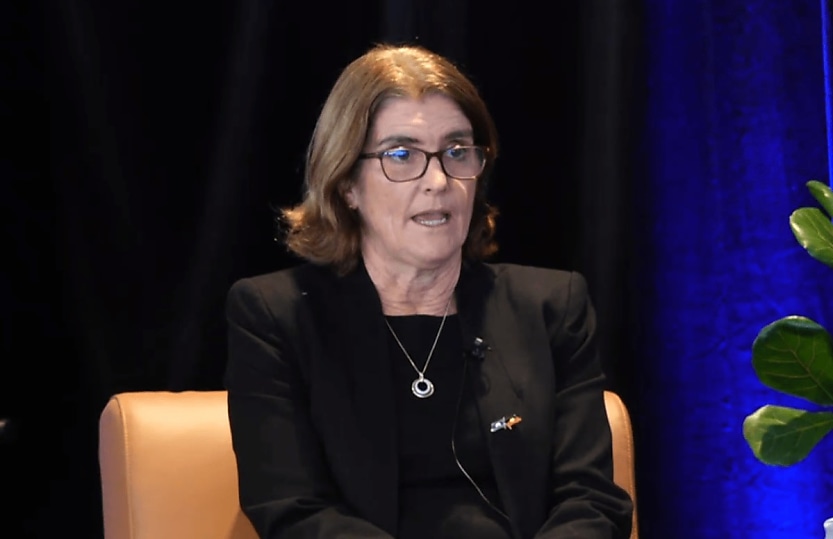RBA cuts interest rates, but remains cautious about future outlook

Yesterday the Reserve Bank handed down its widely-anticipated interest rate cut, reducing the cash rate from 4.35 per cent to 4.1 per cent.
Inflation has eased faster than the Reserve Bank of Australia (RBA) expected. Underlying inflation reached 3.2 per cent in the December quarter, bolstering confidence that inflation is moving sustainably towards the RBA’s 2–3 per cent target band.
However, according to the RBA, Australia’s economic outlook remains uncertain due to both global and domestic factors.
“While today’s policy decision recognises the welcome progress on inflation, the Board remains cautious on prospects for further policy easing,” the RBA wrote in a statement.
The RBA projects that household consumption will rise as income growth picks up, but subdued consumption growth could confound economic recovery. Global uncertainties also pose risks to Australia’s outlook.
“Geopolitical and policy uncertainties are pronounced and may themselves bear down on activity in many countries if households and firms delay expenditures pending greater clarity on the outlook,” the RBA said.
Global uncertainty has been stoked by US tariff policies and higher-than-expected US inflation.
Anders Magnusson, BDO Economics partner, said: “The uncertainties caused by the Trump administration are concerning, as is the resurgence of inflation in the US. I don’t think mortgage payers should expect the next rate cut until May, after the next quarterly inflation data are published.”
The major banks were quick to pass on the interest rate cuts. Westpac said it would decrease its home loan variable interest rates by 0.25 per cent from 4 March, while NAB, Commonwealth Bank and ANZ will reduce their rates from 28 February.
The cut marked the first reduction in interest rates since the rate hiking cycle began, and was widely predicted by major banks and economists.
According to Canstar, all four big banks – NAB, Westpac, ANZ and Commonwealth Bank – predicted that the RBA would cut rates in its February meeting. Markets were almost certain that the RBA would cut rates, pricing in a 90 per cent chance of a rate cut on Monday.
Polling by Reuters also found that 40 out of 43 surveyed economists expected the RBA to cut interest rates following its February meeting.
Industry bodies and economists have welcomed the news of a rate cut.
Gavan Ord, CPA Australia’s business investment lead, said: “This long-awaited rate cut is welcome news for businesses after operating in a challenging high inflationary, high interest rate environment since 2022.”
“But to really improve business opportunities and growth, the federal government must prioritise creating a more business-friendly environment through reducing the regulatory burden and improving policy development.”
Stephen Smith, Deloitte Access Economics partner, added: “Deloitte Access Economics has been calling for a rate cut for some time given the anaemic pace of economic growth, softening wage growth, and decelerating inflation.”
“By commencing a cutting cycle now, the Reserve Bank’s actions will help to shore up economic growth through 2025.”
Australia’s tight labour market is another point of uncertainty for the RBA’s easing cycle. Labour availability is still a constraint for employers, and measures of labour underutilisation have declined.
“The RBA made a noteworthy change when updating its forecast today, reducing expected medium-term unemployment from 4.5 percent to 4.2 percent. This suggests that the RBA has lowered its view of a sustainable non-inflationary unemployment rate,” Magnusson said.
“This is a win for the RBA and workers as maintaining full employment in the medium term is in the RBA’s mandate and we can now expect that situation to be more beneficial to workers.”
Economist Saul Eslake said although the labour market is still tight by historical standards, the slowdown in wages growth over the first three quarters of 2024 suggests that the unemployment rate consistent with sustainable full employment may be lower than the RBA’s estimate of about 4.5 per cent.
Given that monetary policy works with a lag, Eslake said that if the RBA had decided to delay easing monetary policy much longer, it would risk under-shotting the inflation target, as it did between 2016 and 2020. This would keep unemployment higher than necessary.
While the rate cut is welcome news for both borrowers and the government, it doesn’t mean Australia is out of the woods in terms of the cost-of-living crisis.
Ivan Colhoun, CreditorWatch chief economist, said: “The cut reduces slightly the degree of monetary restriction imposed on both business and consumer borrowers, though it’s important to remember that lower inflation does not mean that either the cost of living or of doing business has fallen.”
“These costs are now just rising at a slower pace and as such will continue to exert pressure on consumers’ budgets and business costs and will be a challenge for the Federal Government at the upcoming election.”






